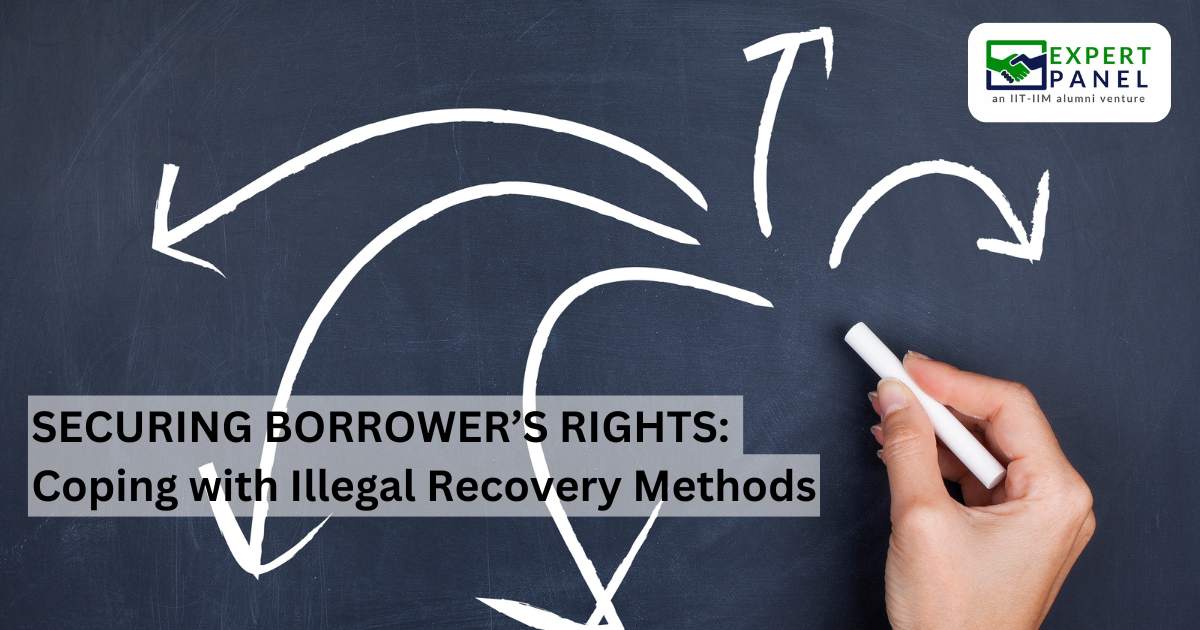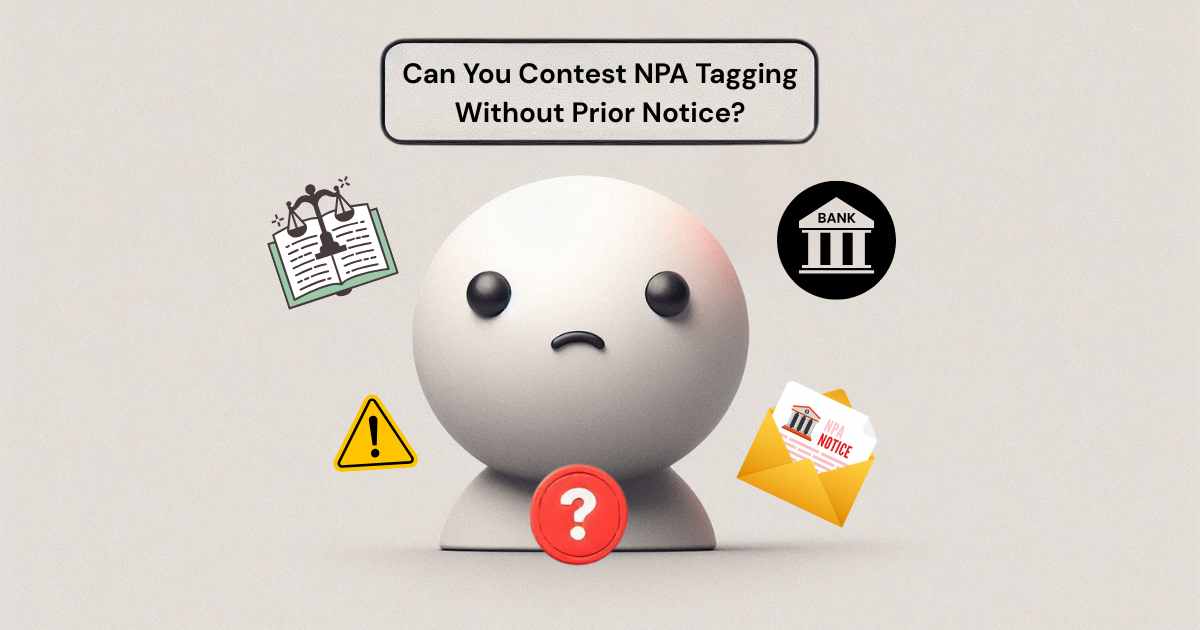· Debt Recovery · 3 min read
When Loan Recovery Crosses the Line: How to File a Police Complaint in India?
Learn how to identify unlawful loan recovery in India, draft an effective police complaint, and use digital evidence to protect your rights
.7k4aTZVf.jpg)
Understanding Unlawful Recovery Under Indian Law
The Indian legal and ethical framework governs loan recovery in India, as it is guided by certain ethical-legal morals issued by the Reserve Bank of India (RBI). While banks and NBFCs have the right to recover pretences, they must do so following the law.
Felonious recovery is typically associated with pitfalls, cuts, demotion of a person’s quality, the use of force, the threat of loved ones or third parties, and the disruption of sequestration via social media posts or phone calls.
Under the RBI’s Fair Practices Code, recovery agents must behave politely and refrain from using coercive tactics. When these limits are exceeded, the borrower has the right to file a felony charge with the court.
Relevant Legal Provisions: IPC and IT Act
Victims of violent or illegal recovery practices are protected by several provisions in Indian law. The Indian Penal Code (IPC) and the Information Technology (IT) Act address various forms of intimidation, including felonious intimidation (Section 503 of the IPC). Detriment or damage to character caused by a recovery agent is considered a felony.
Section 506 of the IPC specifies the punishment for felonious intimidation, which can include up to two years in prison, a fine, or both.
Section 509 of the IPC applies to words, gestures, or acts that extol the modesty of a woman. This section applies when women borrowers or their family members are targeted.
Section 66D of the IT Act addresses cheating through impersonation with digital coffers. It may apply if an agent impersonates a functionary or uses online tools to abuse or defame.
Section 66A (repealed in 2015) was struck down in Shreya Singhal vs. Union of India. Some agents may use outdated vittles, so it is critical to refer to relevant sections, such as 66D or IPC sections, when presenting the case.
How to Draft a Police Complaint That Holds Weight
Documentation and clarity are essential when filing a complaint. Include:
Personal details: Name, contact, and address.
Chronological description: Specify dates, times, phone numbers, and messages received.
Evidence: Screenshots of abusive WhatsApp messages, call recordings, or identification of the concerned agents.
Legal references: Mention specific sections of the IPC or IT Act that apply.
Formal request: Conclude by requesting police action and keep a copy of your complaint for records.
When to Approach the Cyber Cell vs. the Local Police Station
The choice depends on the type of harassment:
Digital harassment: WhatsApp, email, or social media messages should be reported to the Cyber Cell.
Physical threats: Verbal abuse, visits to the home or workplace should be reported to the local police station.
In many cases, victims file complaints with both authorities to ensure no loopholes. For serious cases, complaints can be escalated to the District SP or via online FIRs where available.
Using WhatsApp Chats and Call Records as Evidence: Conclusion
Most recovery harassment today occurs through calls or messages, which can be vital evidence. Maintain:
Screenshots of abusive messages.
Call recordings and voice messages.
Metadata such as time, sender number, and message content.
However, if dispatches originate from unofficial figures or specific accounts rather than sanctioned client care. It strengthens your case. Unauthorised sharing of images or specific data is also considered a sequestration law violation.
Borrowers not only defend themselves but also contribute to the production of accountability in recovery practices by establishing every detail.



.DcA8WSuG.jpg)